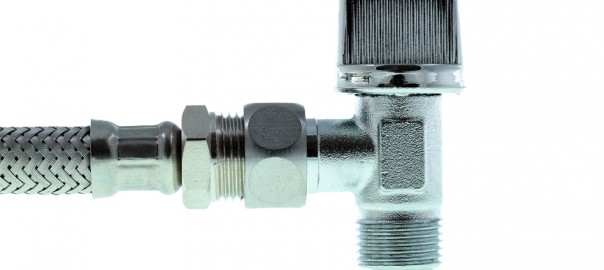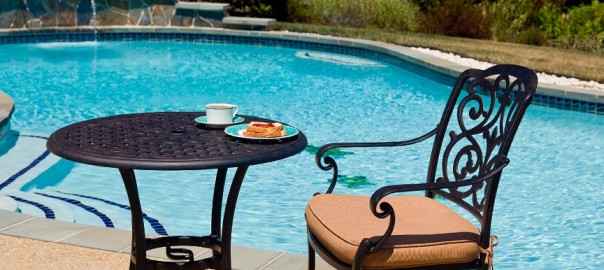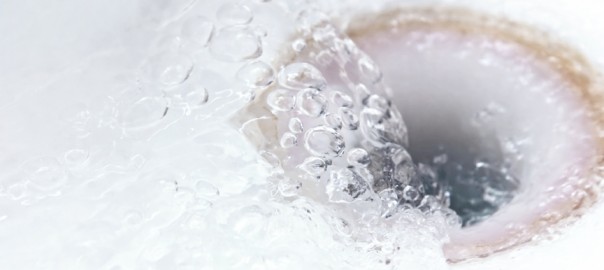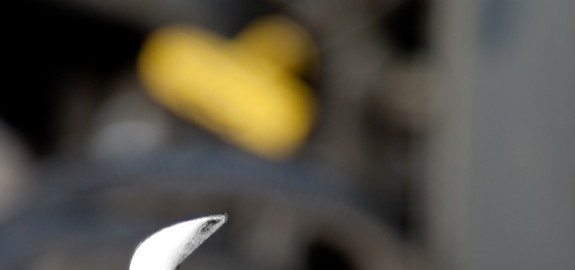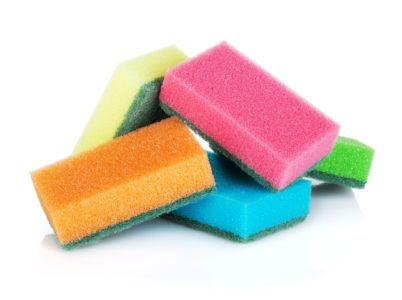Your garden or landscaping will flourish with the help of an irrigation system, but what are the differences between the different types of systems?
Stream irrigation – if you have a nearby stream it is possible to pump the water from the stream and use this natural water supply – first check with local conservation laws to see if this is legal in your area and decide whether you are looking for a short term or long term solution. This can be a costly solution.
Spray irrigation – pressurized water is sprayed over plants also called sprinkler irrigation. This is probably the most widely used solution with a home sprinkler system. It can be a fairly simple solution or a much more complicated system of rotating sprinkler heads. The disadvantage of this system is that it uses a lot of water.
Drip irrigation – this solution is both inexpensive and uses the least amount of water. You can have a direct connection to your hose without having to cut into the home water line. Supply lines can simply lie on the ground or lie under a layer of mulch. This is a flexible system with exact delivery of water, which prevents over-watering.
Depending on your home and garden/landscaping needs, you should be able to find a cost-effective solution that does not use a lot of water.
